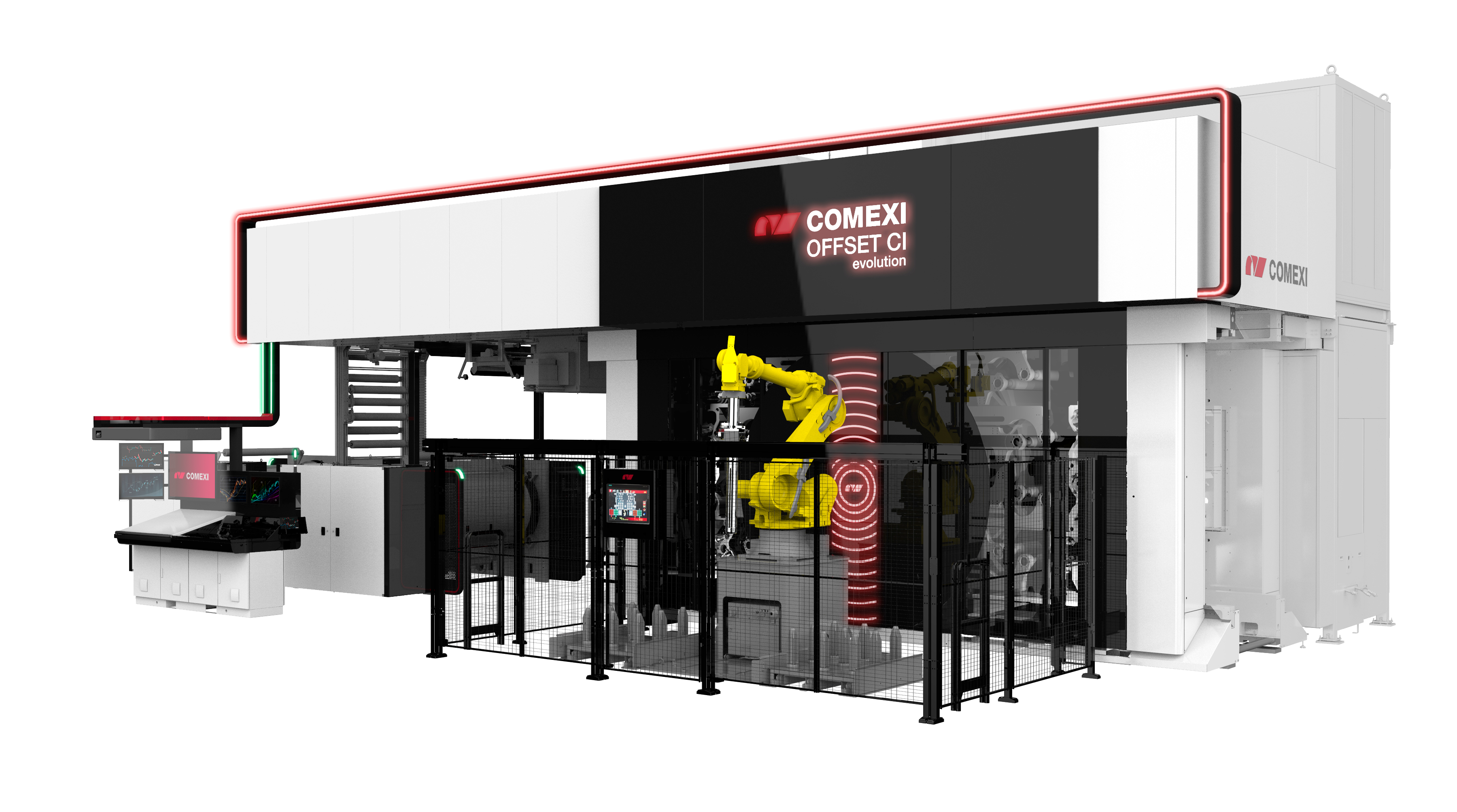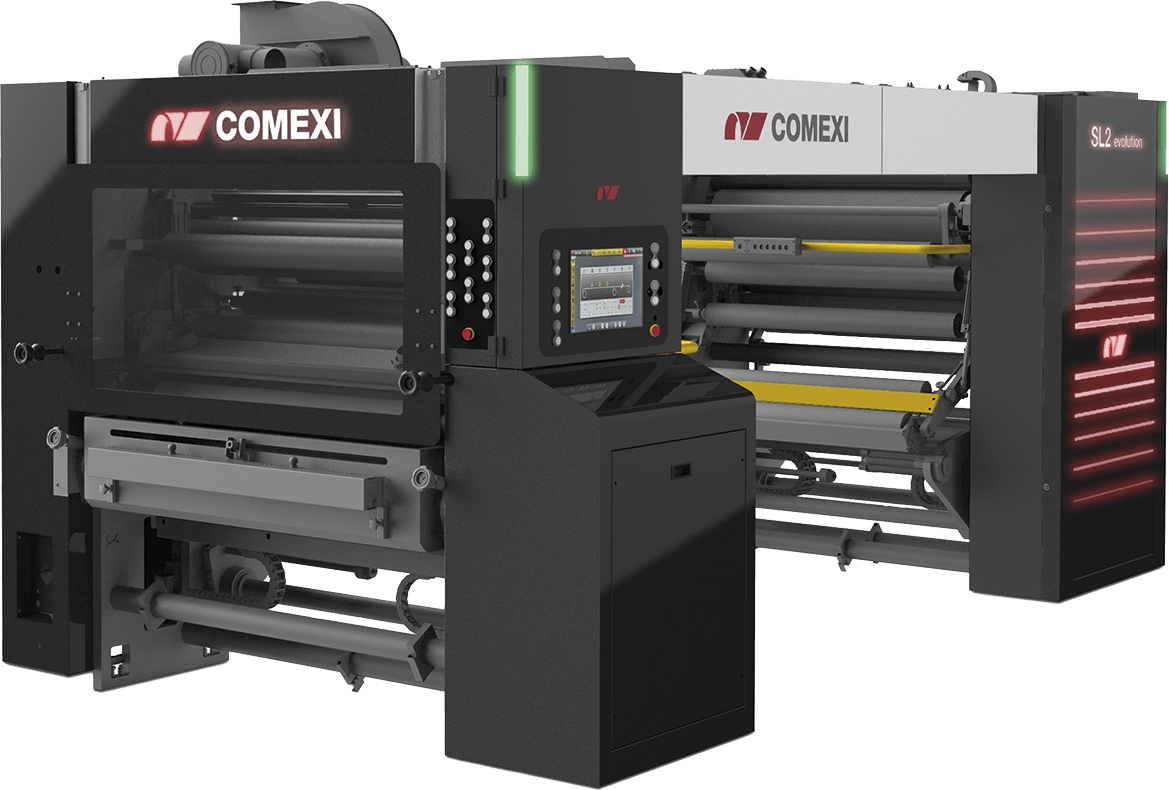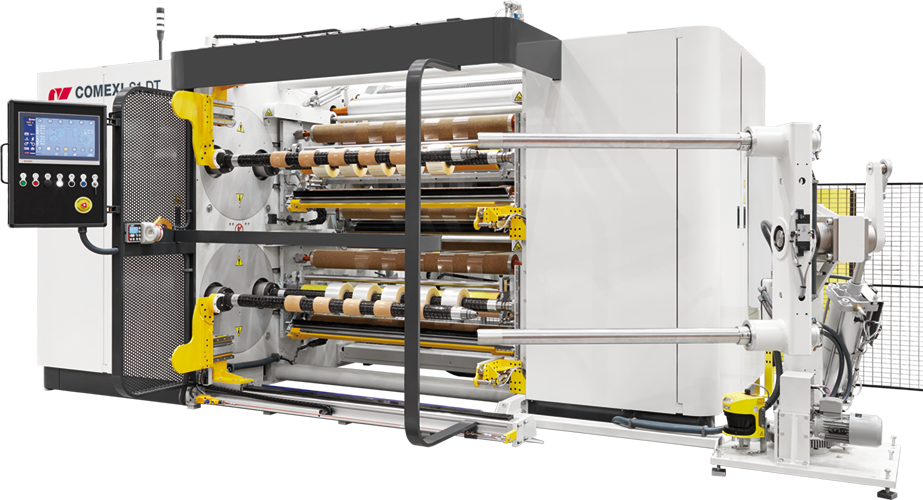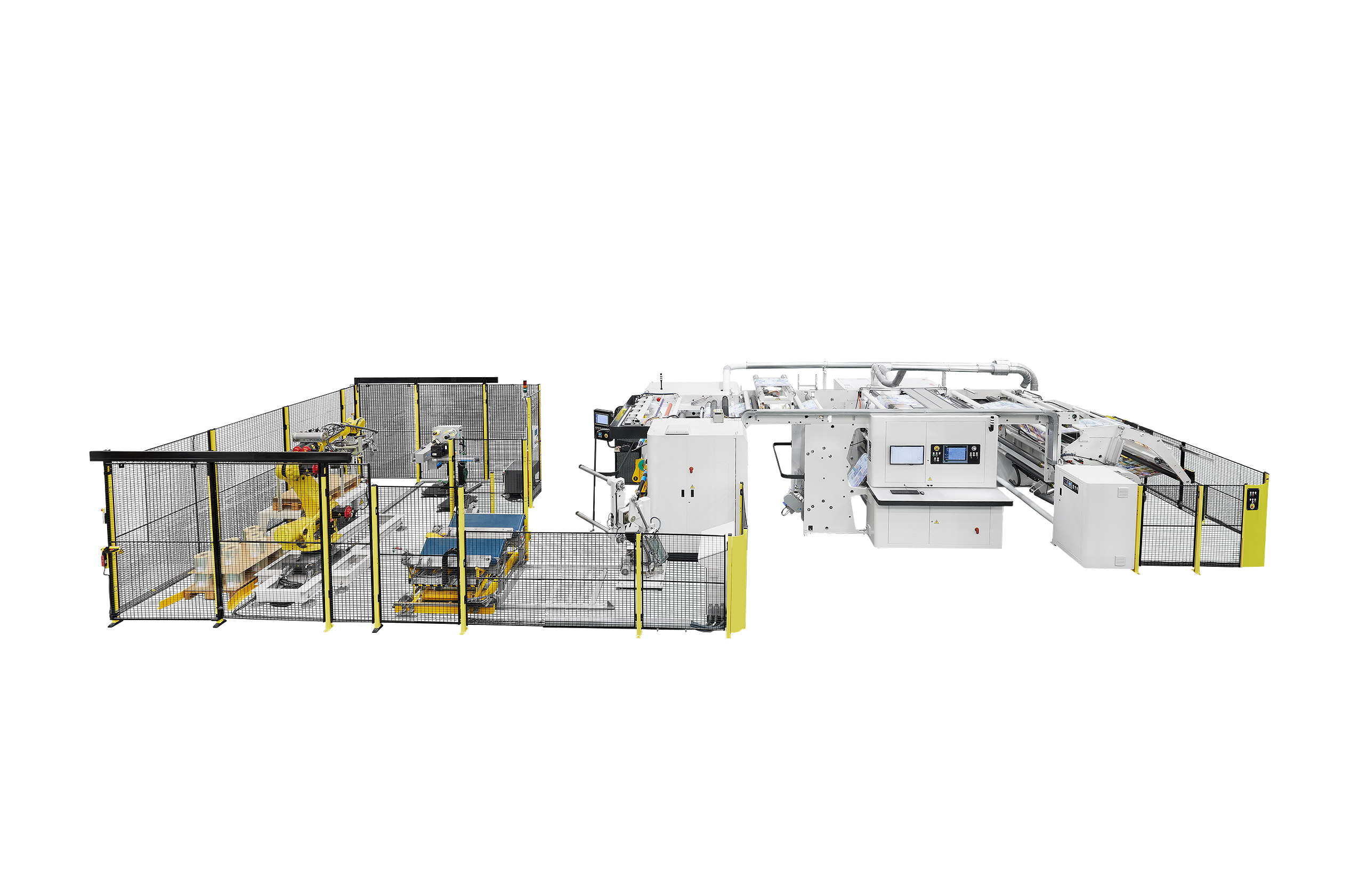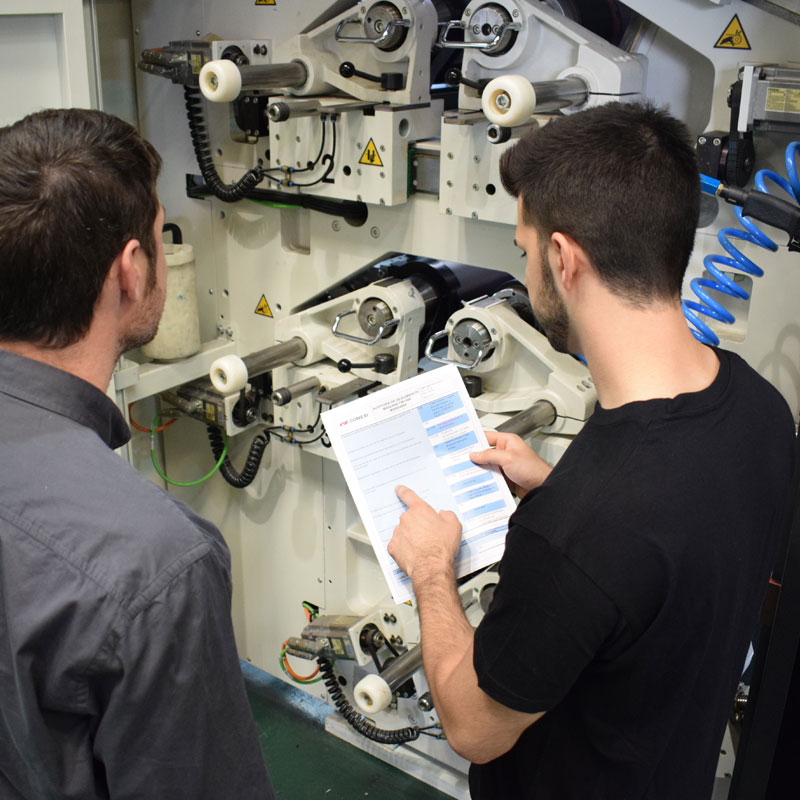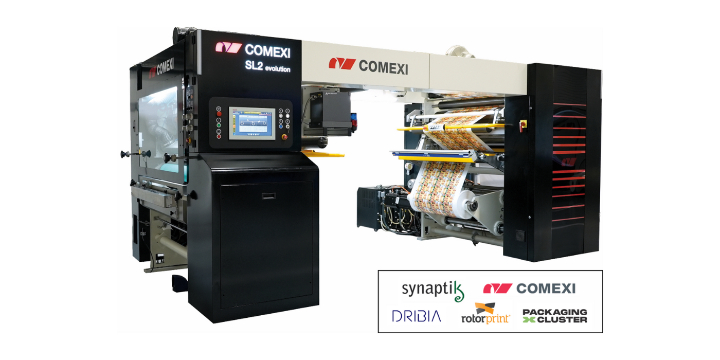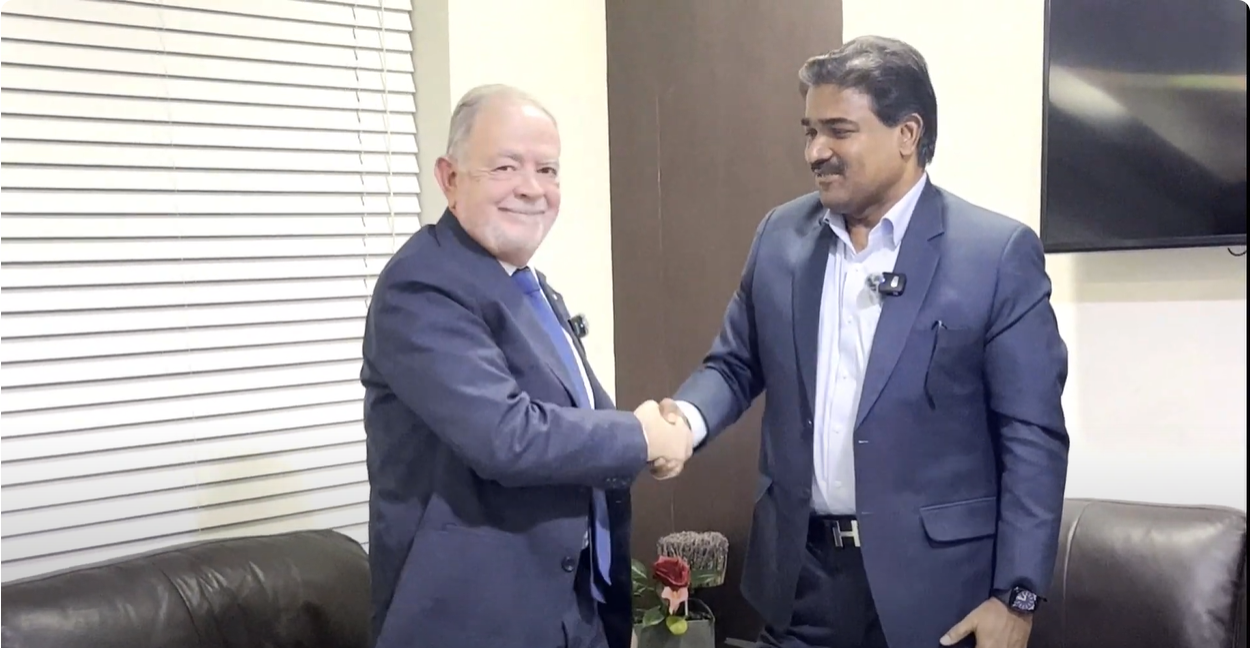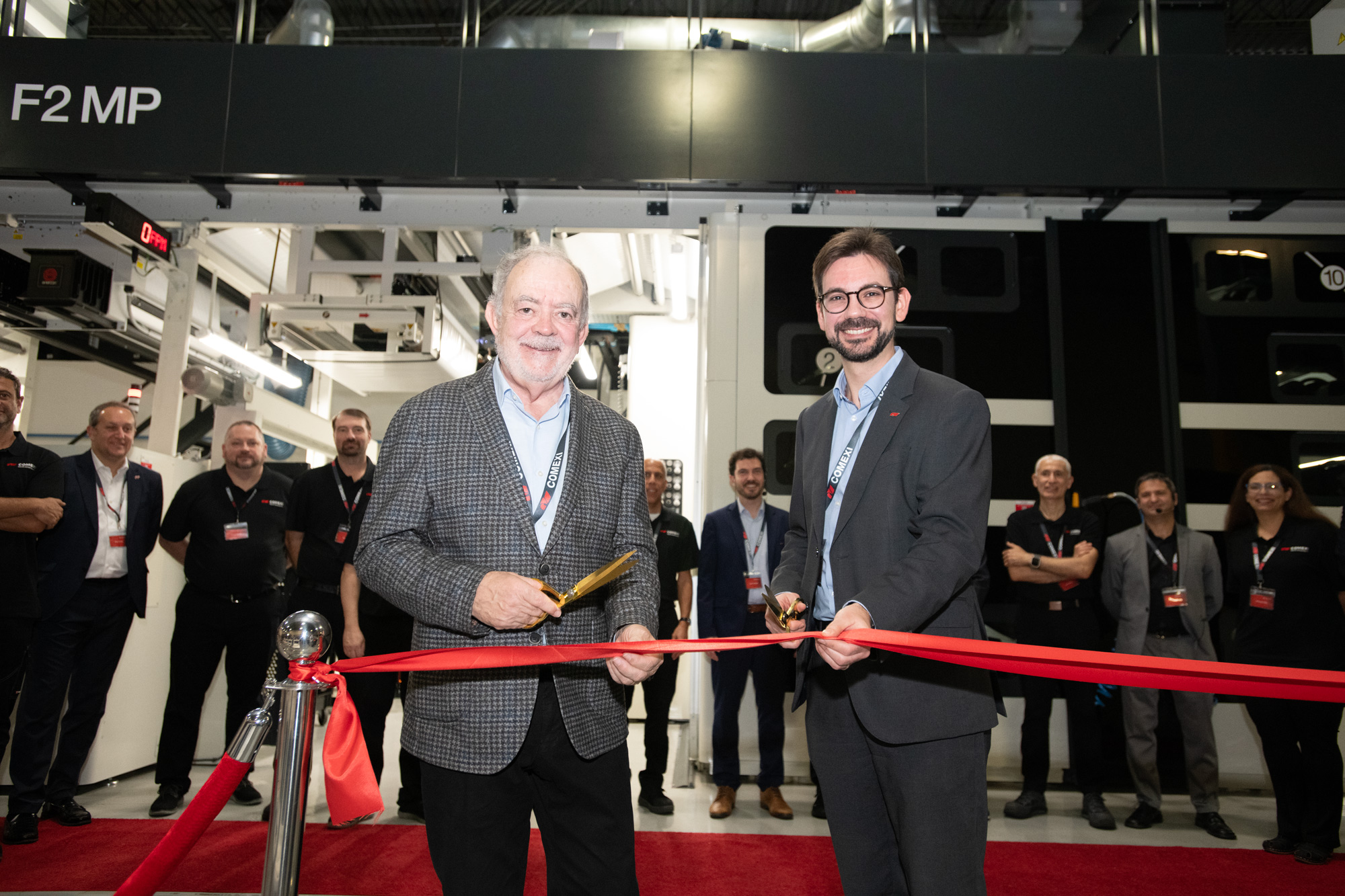Conozca a su partner global
en soluciones bobina a bobina
innovadoras y sostenibles
Ofrecemos soluciones globales en impresión, laminación y corte
Somos un socio global para envases flexibles. Desde la impresión hasta los procesos de automatización de final de línea, Comexi le ofrece una amplia gama de soluciones innovadoras Nuestro servicio 360° está a su lado desde el principio y durante todo el ciclo de vida de su máquina.
Manténgase al día de las últimas noticias y descubra los eventos más relevantes en nuestra sección Últimas noticias.
Comexi lidera el innovador proyecto MADAM para mejorar la producción de envases
Comexi lidera el innovador proyecto MADAM para mejorar la producción de envases...
Liderazgo en innovación y sostenibilidad: Reflexiones del Presidente de Comexi, Manel Xifra y del Fundador de Hotpack Global, Abdul Jebbar
Liderazgo en innovación y sostenibilidad: Reflexiones del Presidente de Comexi, Manel Xifra...
Comexi presenta un Centro Tecnológico de Vanguardia en Miami, Marcando un Hito en la Industria del Packaging Flexible.
Comexi presenta un Centro Tecnológico de Vanguardia en Miami, Marcando un Hito...
